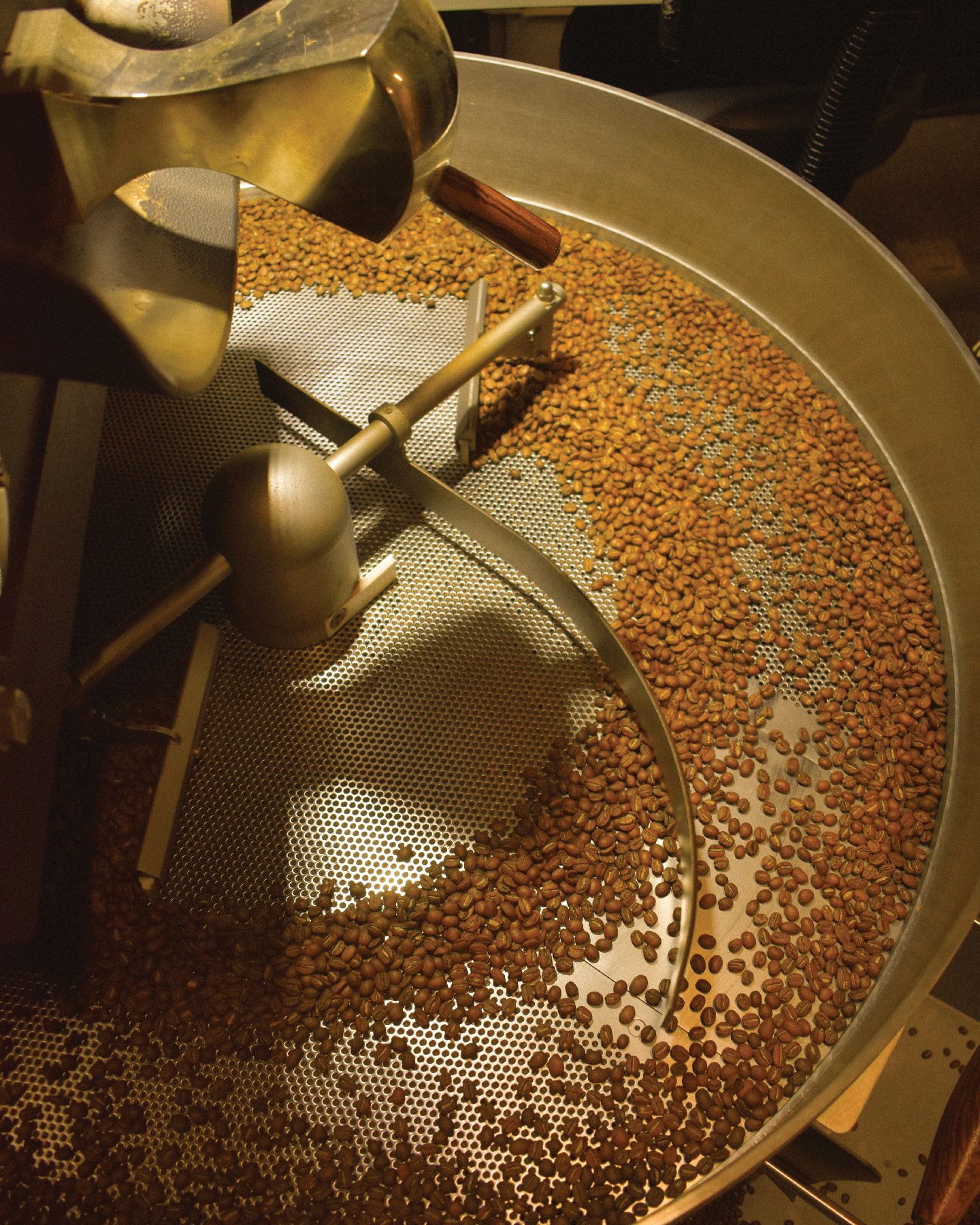
Bean There, Done That: Screen Sizing Coffee beans and Handege AB
Share
You might have noticed that a few of our East African single origin beans are marked with a letter rating after the name of the farm – Gicherori AB and Ndundu AB, for example. It’s easy to get enthused about a coffee with a name like Mimba AAAAAAAAAAAAAAAAAAHHHHHHHHHH, but what exactly do these letters mean, and why is it so important to Specialty coffee roasters and drinkers like us?
Screen Sizes and Coffee Grades
There are hundreds of factors that effect the quality of a coffee bean – and that’s before its even seen a roaster! Varietal, elevation and soil quality all define how great a bean can taste, but as a general indicator, a bean’s size is a reliable way to source a great tasting coffee.
Screen Sizing is the industry standard of coffee bean size. Beans are measured in 64ths of an inch. During sorting, beans are passed through a series of metal sheets punched with holes. The holes range in size from around 8/64 of an inch, to 20/64. Each pass is through a progressively smaller sheet and the coffee is sifted through until the beans no longer fit through the sheet.
In Africa, beans with a screen size of 18 are certified as AA, 16 as AB, and 14 as C. Screen sizing is also used in South America, where AA beans are known as Superior or Supremo. However, as a Specialty roaster, we’re not always looking for the biggest beans we can find: the consistency of bean size within a crop is paramount to its quality once it hits the roaster. Larger beans roast slower than smaller beans, so its difficult to get a consistent and high-quality roast if the bean size is all over the place – and as you know, we want nothing less than the cream of the crop!
In Africa and India, beans larger than this 16-18 “ideal” screen size are known as Elephants. Usually, these beans are so large that they intertwine with the coffee cherry, and typically end up breaking apart during processing or roasting, so size isn’t always an advantage.
Screen size is really important, but that never means all AA’s taste better than all AB’s. As discussed earlier, altitude and varietal tend to have a huge influence on flavour and quality, probably more so than the screen size. So, if it tastes good, we’ll never say no to an AB!
HANDEGE AB
Our new Kenyan single origin is truly a prime example of this. As one of our lightest roasts, it’s a stupendous option for you filter fans, with a wonderfully balanced mouthfeel and a sharp blueberry edge to compliment the soft peach and elderflower notes. The bean is pulped and fermented for 36 hours before drying, which is what gives it that wonderful berry notes.

Handege Washing Station is run by the Ritho Farmers Cooperative Society in Kiambu County, Kenya, and is derived from the Swahili word ‘Ndege’, which means bird or aeroplane! The Ritho FCS developed a strategic plan for farmers in the region to focus on coffee quality over quantity, as well as the improvement of the agricultural infrastructure in Kiambu. Being very close to Nairobi’s wealthy outer suburbs, Kiambu has faced huge issues with urbanisation and the problems of pollution and development that come with it. For the farmers, working with the Ritho FCS means access to technology and support that they never would have previously received. Continued investment in the region will help farmers secure themselves for whatever may come.

You can buy Handege AB in our Canterbury and Whitstable stores, or buy it online here!




